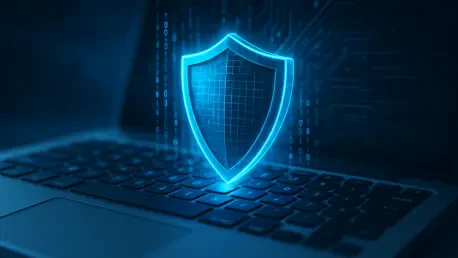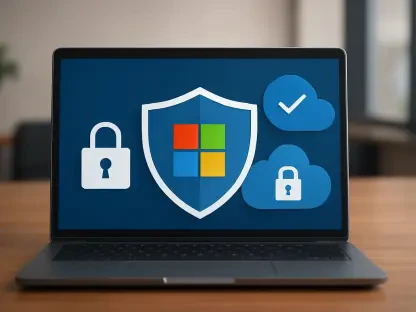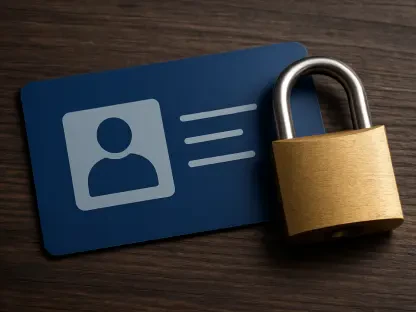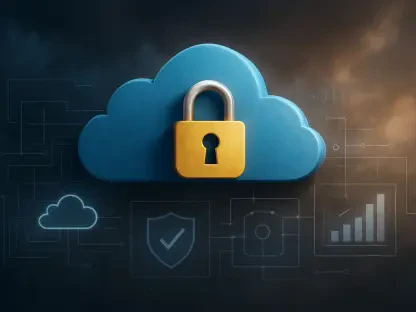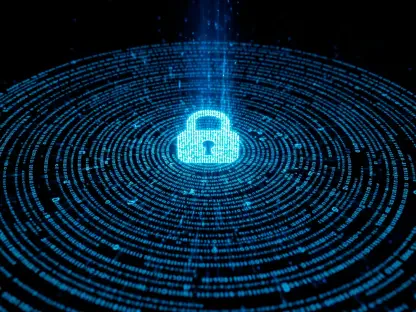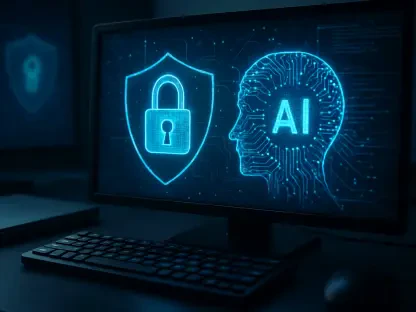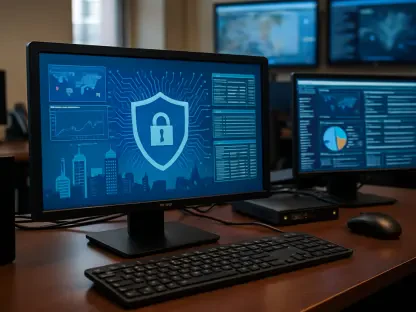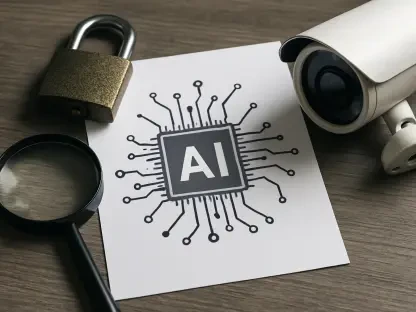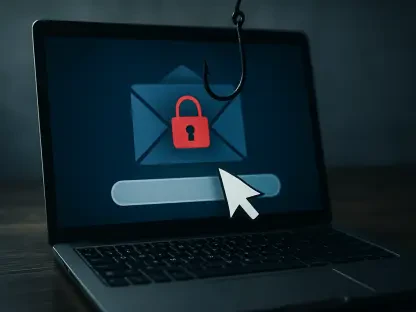I’m thrilled to sit down with Rupert Marais, our in-house security specialist with extensive expertise in endpoint and device security, cybersecurity strategies, and network management. With a career dedicated to safeguarding digital environments, Rupert offers a unique perspective on the evolving landscape of managed security services. Today, we’re diving into the recent acquisition of Cybereason by LevelBlue, exploring how this move strengthens their position in the cybersecurity space. We’ll discuss the strategic motivations behind the deal, the integration of cutting-edge technologies like extended detection and response platforms, and the broader implications for threat intelligence and risk assessment capabilities.
Can you walk us through the strategic thinking behind LevelBlue’s decision to acquire Cybereason?
Certainly, Sebastian. LevelBlue’s acquisition of Cybereason is a calculated step to bolster their managed security services on a global scale. From what I’ve observed, LevelBlue saw an opportunity to enhance their offensive and defensive capabilities, which are critical in today’s threat landscape. This move aligns with their goal of offering a more comprehensive suite of services, from penetration testing to persistent monitoring. It’s about staying ahead of sophisticated threats by filling gaps in their portfolio with Cybereason’s specialized expertise.
What specific strengths does Cybereason bring to the table that caught LevelBlue’s attention?
Cybereason’s technology, particularly their extended detection and response platform and the MalOp engine, is a game-changer. The platform uses AI-driven capabilities to not just detect threats but predict and understand malicious operations in real time. This allows for rapid response and even automated remediation with minimal human intervention. For LevelBlue, this means a significant boost in their ability to tackle complex, fast-evolving threats, offering clients a more proactive defense mechanism.
How do you envision Cybereason’s tools integrating with LevelBlue’s existing services?
Integration is where the real magic happens. While specifics aren’t fully public yet, I expect Cybereason’s platform to complement LevelBlue’s current offerings, potentially merging with platforms like Trustwave’s Fusion for centralized visibility across security stacks. Combining Cybereason’s research capabilities with Trustwave’s SpiderLabs team could also create a powerhouse for threat intelligence, providing deeper insights into emerging attack techniques. This synergy could set a new standard for how managed security providers deliver value to clients.
LevelBlue has been on an acquisition spree lately. What’s fueling this aggressive growth strategy?
It’s all about staying competitive in a rapidly shifting industry. Cybersecurity is a field where standing still isn’t an option—threats evolve daily, and so must the solutions. LevelBlue’s acquisitions, including Trustwave and now Cybereason, show they’re focused on building a robust, end-to-end security portfolio. They’re likely targeting areas like advanced threat detection and incident response where they see room to grow. This strategy also signals a commitment to being a one-stop shop for enterprises facing multifaceted risks.
Can you elaborate on how Cybereason’s digital forensics and incident response services enhance LevelBlue’s risk assessment capabilities?
Absolutely. Cybereason’s expertise in digital forensics and incident response adds a layer of depth to LevelBlue’s risk assessment offerings, especially when paired with tools they gained from earlier acquisitions like Aon’s Stroz Friedberg unit. This combination allows for a more thorough understanding of security incidents post-breach, helping clients identify vulnerabilities with greater precision. For businesses dealing with complex risks, this translates to stronger, more actionable strategies to prevent future incidents.
There was talk of a merger between Cybereason and Trustwave before LevelBlue entered the picture. How do you think that history influenced this acquisition?
It’s interesting to see how things came full circle. The earlier merger talks between Cybereason and Trustwave likely laid the groundwork by highlighting how complementary their services are. Even though that deal fell through due to internal disputes, the mutual understanding of each other’s strengths probably made this acquisition smoother for LevelBlue. It’s a testament to the idea that strategic partnerships, even if delayed, can still find a way to materialize under the right circumstances.
What’s your forecast for the future of managed security services in light of deals like this one?
I see managed security services heading toward greater consolidation and integration. Deals like LevelBlue’s acquisition of Cybereason indicate a trend where providers are building comprehensive ecosystems rather than offering standalone solutions. We’ll likely see more focus on AI-driven detection, automated responses, and unified platforms that give clients a single pane of glass for their security needs. The challenge will be balancing innovation with seamless integration, but the payoff could be a much more resilient digital landscape for businesses worldwide.
